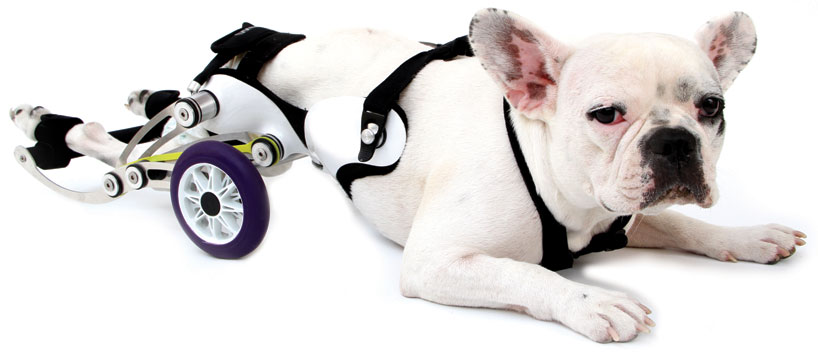Topic: Navigating tools for
the visually impaired when travelling
What is the issue you
want to address?
More than 20 million people in the U.S. live with visual
impairments ranging from difficulty seeing, even with eyeglasses, to complete
blindness. Vision loss affects almost every activity of daily living. Walking,
driving, reading and recognizing objects, places, and people become difficult
or impossible without vision. Thus, technology that can assist visually
impaired people in at least some of these tasks may have a very relevant social
impact.
Significance
·
About 444,400 Australians aged 55 or more are
visually impaired, which represents 9.4% of the 4.7 million Australians in that
age
·
Visual impairment is an important health issue
because it can affect physical, functional, emotional and social wellbeing, and
reduce quality of life.
·
Nearly half of them will not go out alone
·
Opportunities are using current technology to
help the visually impaired to navigate
·
Safety concerns, as recently a blind woman was
sexually assaulted on a Sydney train
Who will benefit? This
design will benefit the visually impaired people, to live independent normal
lives. To travel independently to new places with confidence, with the assistance
of electronic travelling aids.
Target Market:
Research has shown
|
|
Pros
|
Cons
|
|
Cane
|
Economically, cheap
|
Known regular routes
New routes can be dangerous
|
|
Guide dog
|
Increases safety
|
Owner needs to direct
High costs and maintenance
|
|
GPS
|
Smart phone, cheap
accessible
|
Lacks knowledge of landmarks
unrealiable
|
|
Electronic travelling aids
|
Increases independency
Many routes
Allows way finding home
|
Can be distracting
Difficult to use
|
Approach
How does this project suit for your abilities or interests?
·
Family history of glaucoma, uncle and father
with mild cases
·
Admiration those with visual impairment and
their ability to live normally
·
I have the ability to research, understand,
·
Looking at the empathetic design to help the
well being of others
·
In the future I want to design valuable, useful
objects with the use of newest technology
The actual needs of this population must drive the
development of this technology in order for it to be truly useful and likely to
be widely adopted. To this end, blind and visually impaired users must be involved
in all stages design, research and development.
·
Empathy
tools- blind folded, foggy glasses
Why? An easy way to prompt an empathetic
understanding for users with disabilities or special conditions
·
Experience
prototypes- Quick prototype concept using available materials and use it in
order to learn form a simulation of the experience using the product
·
Five
whys?-“ Ask why?” questions in responses to five consecutive answers on why
GPS navigating won’t work
·
Fly on
the wall- Observe and record behaviour within its context without
interfering with people’s activates
·
Personal
inventory- document the things that the visually impaired find important to
them as a way of cataloguing evidence of their lifestyle


















